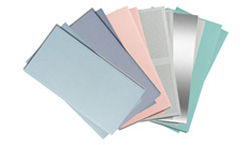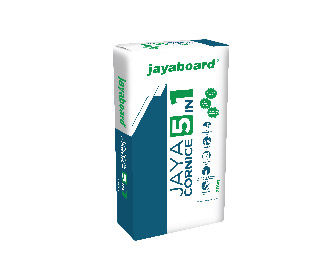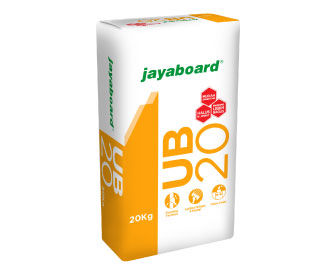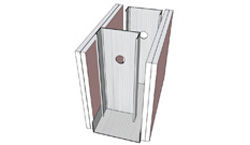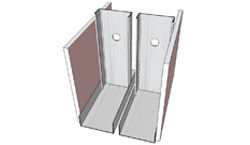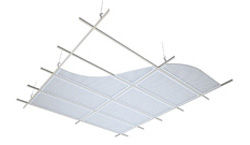-
Language
-
INDONESIA, ENGLISH
INDONESIA, ENGLISH
- Jayaboard, Bahasa
- Jayaboard, English
- Contact
- Where to Buy
- Favourites
-
Looking for product documents? Try our Document Finder
-
About Us
-
About Us
- About Jayaboard
-
About Rumah Jayaboard
-
About Rumah Jayaboard
-
-
Jayaboard Certification
-
Jayaboard Certification
-
-
Contact Us
-
Contact Us | Jayaboard
-
-
-
Products
-
Products
-
Plasterboard Jayaboard
-
Plasterboard Jayaboard
- Standard Board
Standard Board
- Technical Board
Technical Board
-
-
Ceiling Jayapanel
-
Ceiling Jayapanel
- Gyptile
Gyptile
- Mineral Fiber
Mineral Fiber
-
-
Metal Frame JayaBMS
-
Metal Frame JayaBMS
- Concealed Grid
Concealed Grid
- Exposed Grid
Exposed Grid
- Partition Frame
Partition Frame
- Accessories
Accessories
-
-
JayaCompound
-
JayaCompound
- Cornice Compound 5 in 1
Jointing Compound 5 in 1
- UB 20
UB 20
- JayaCasting
JayaCasting
-
-
Tools
-
Tools
- Fixing Tools
Fixing
- Jointing Tools
Finishing
-
-
Adjacent Products
-
Adjacent Products
- Aquapanel
-
Technical Boards
-
-
Solutions
-
Solutions
-
Partition Systems
-
Partition Systems
- Single Stud Partition Systems
Single Stud Partition Systems
- Stagered Steel Stud Partition Systems
Stagered Steel Stud Partition Systems
- Twin Stud Partition Systems
Twin Stud Partition Systems
-
-
Ceiling Systems
-
Ceiling Systems
- Concealed Grid Ceiling Systems
Concealed Grid Ceiling Systems
- Exposed Grid Ceiling Systems
Exposed Grid Ceiling Systems
-
-
EasyFinish™ System | Jayaboard
-
EasyFinish™ System | Jayaboard
- EasyFinish™ Bond System
Jayaboard EasyFinish™ Bond System
- EasyFinish™ Frame System
Jayaboard EasyFinish™ Frame System
-
Technical Boards
-
-
Inspiration
-
Inspiration
-
Jayaboard Project References
-
Jayaboard Project References
-
Learn More
At Jayaboard we are proud of our longstanding relationship with building design professionals. Our clients benefit from diverse product choice, world-class technology, field-tested performance and hands-on technical support.
-
-
-
Documents & Articles
-
Documents & Articles
- Document Finder
- Articles
- Technical Manual
-
Jayaboard Brochure
-
Brosur Jayaboard®
- Brosur Jayaboard® 2025
-
See All
-
- Compliances Documents
-
-
What's New
-
What's New
-
Press Release
-
Press Release
- Supporting Cleaner Air, Jayaboard® Launched Jayaboard® SHEETROCK® PROTECH
- Heading Towards a Healthy Indonesia 2045: Jayaboard Launched First Air-Purifying Standard Gypsum Board
- 29 Years of Consistency In Keeping The Top Position, Jayaboard® Won Two Categories In TOP BRAND AWARD 2022
- Entity Name Change PT. Knauf Plasterboard Indonesia
- "Jayaboard Factory" 18 Year Non-LTI (Lost Time Injury) Award located in Cilegon Banten Province from the Government in 2019
-
See All
-
- News and Events
-
Promotion & Upcoming Events
-
Promotion & Upcoming Events
- jayaPRO (Jayaboard Professional Club)
- Jayaboard Mobile Application
-
See All
-
-
INDONESIA, ENGLISH
INDONESIA, ENGLISH
- Jayaboard, Bahasa
- Jayaboard, English
- Contact
- Where to Buy
- Favourites
-
Order Samples
Order Samples
- Order Sample Summary
- Order Sample History
- My Downloads
-
User Profile
User Profile
- Manage Profile
- Logout
-
Looking for product documents? Try our Document Finder
EHWajXS179ZInH+Bwst7gQhttps://myaccount.jayaboard.com -
- Jayaboard, English
- Whats New
- News & Events
- 100+ Indonesian Architecture Firms & Emergings Documents 143 Progressive Architecture Firms in Indonesia
100+ Indonesian Architecture Firms & Emergings Documents 143 Progressive Architecture Firms in Indonesia
Indonesia, 25 January 2019

Jakarta, January 23, 2018 — In 2010, IMAJI Books Publishing and IAAW Studio initiated the idea to produce a book that covered architect profiles in Indonesia. The book titled 50 Indonesian Architects & Emergings marked the progress and development of architecture and its profession in Indonesia during that time. This book also answered the needs of professional architecture publication in Indonesia which was rarely highlighted before.

Nine years after the book is published, it is reasonable to have the profile book updated, as normally, this kind of book needs to update every two or three years to document the change and progress happening. Moreover, with 18.000 registered members in Indonesian Institute of Architects and at least 140 universities that offer architecture degree in Indonesia, an update to this book is seen as compulsory. Within the nine-year duration, an important event of architecture in Indonesia took place, which was the ratification of Law No. 6 Year 2017 Regarding Architect. Since then, architect as a profession has become a regulated profession under the law. One of the consequences is that now not all practicing architecture graduate could address themselves as architects, but only those with the license have the right to do so.
Hence, the updated publication which was initially titled 100+ Indonesian Architects is changed into 100+ Indonesian Architecture Firms & Emergings. This decision is made to consider the fact that although many architecture graduates are practicing exceptionally, not all have fulfilled the requirements to earn the license. With the intention to documents architecture firms in Indonesia, the presence of this book, then, could become an opportunity towards the association of architect profession in Indonesia to as well document and reach the practitioners to have the license for the sake of the development of architecture in Indonesia.
As a book that documents architecture firms’ profile, the nine-year difference with the first book published records significant progress. The curated architecture firms are almost threefold in total, reaching the number of 143 firms. The documentation provides interesting information, which is the expansion of progressive architecture practice outside Java and Bali Island that touches North Sumatra, Pekanbaru, and Pontianak. With more curatorial criteria, the presented profiles of architecture firms also provide an insight that besides practicing architecture, these firms could also focus on establishing communities, being involved in social activities, research, and architecture education.
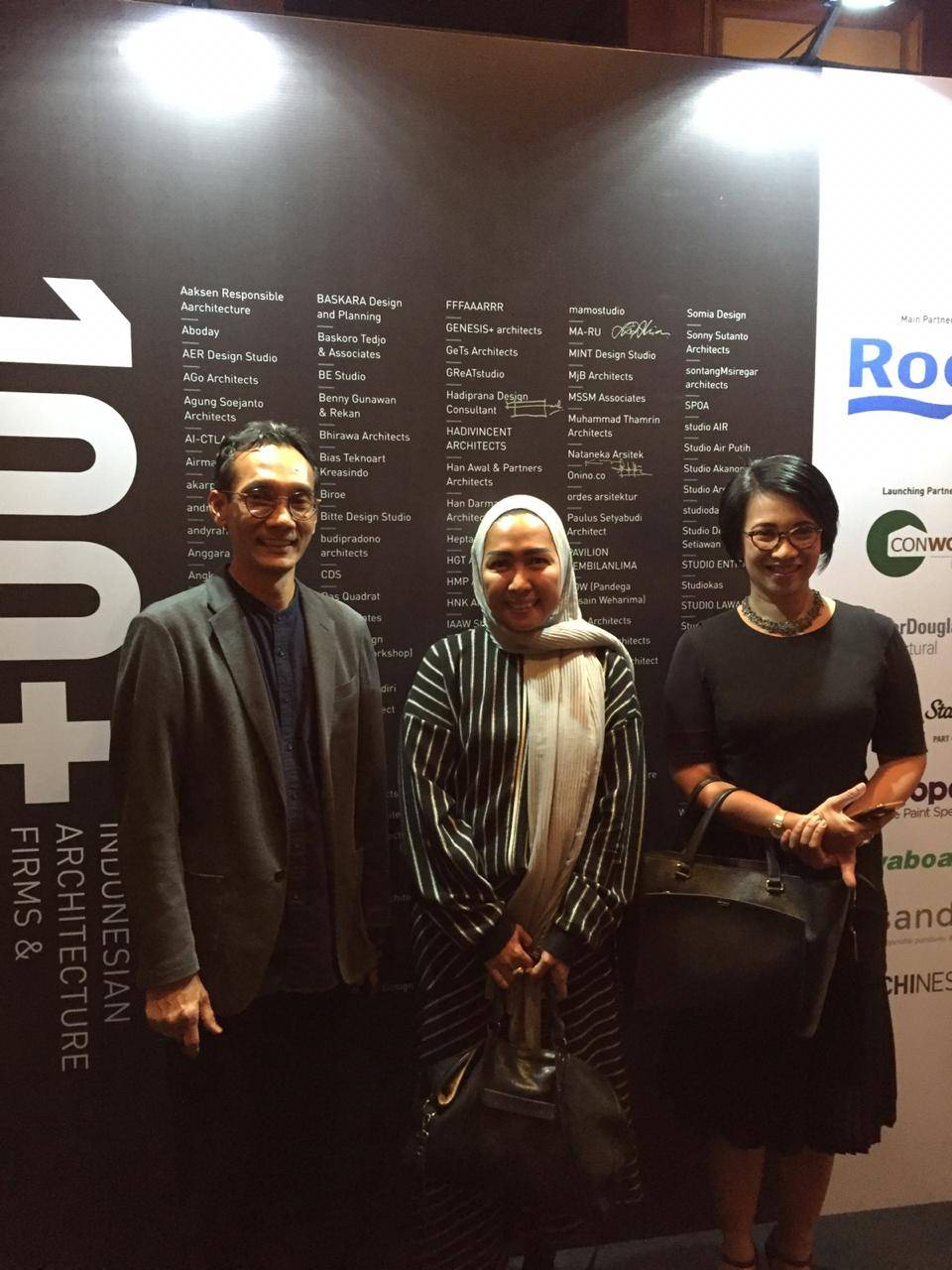
100+ Indonesian Architecture Firms & Emergings is hoped to take part as the publication and documentation to illustrate the progress of architecture in Indonesia at the present. Among the practitioners, academicians, students, as well as the public is also hoped to see figures who are actively contributing towards architecture in the country. Thus, not only this book could be a learning opportunity for those practicing architecture but could also become a networking opportunity and inspire as well as encourage all architecture firms in Indonesia.





